MN Specific: Legislation for LGBTQ+ Populations
State-, county-, and city-level policies guide how organizations create their own policies, whether it’s about financial policies, healthcare, or nondiscriminatory policies. Nondiscriminatory policies toward gender identity and sexual orientation vary widely on a national, state, and local level across the United States. In our legislative series, we’ll be breaking down these policies. This post will focus on Minnesota specifically, but then we’ll branch out to the Midwest, national, and international policies surrounding gender identity and sexual orientation, and what that means when LGBTQ+ folks need to travel for work.
Our Resources:
Movement Advancement Project (MAP) is a website home to a large research project aimed at looking at LGBTQ+ policies across the U.S. Their website is interactive, with a full map of the United States. From there, you can look at each state individually, and see what kind of policies that state has for LGBTQ+ folks, or you can look at the individual policies and see across states. MAP looks at data about overall LGBTQ+ populations and policies toward LGBTQ+ youth, relationship and parental recognition, healthcare, nondiscrimination, criminal justice, religious exemptions, and identity documents. MAP uses a “tally” system, giving tallies, or points, toward states that have LGBTQ+ inclusive policies. The higher the score, the more protections there are within that state. They have three scoring categories: Sexual Orientation Policy Tally, Gender Identity Policy Tally, and Overall Tally. They also have a report of their findings, the 2020 Tally Report, which you can access on their website.
We used this resource to look at Minnesota’s LGBTQ+ inclusive policies, as well as the Human Rights Campaign (HRC) website, as they have a similar, but less in-depth, interactive map that looks at LGBTQ+ inclusive policies.
Minnesota’s LGBTQ+ Policy Inclusivity:
Minnesota has made strides to protect its LGBTQ+ community members. Minnesota prohibits discrimination based on both sexual orientation and gender identity in these areas: housing, employment, hate crimes, public accommodations, school anti-bullying, and education. In 2013, Minnesota legalized issuing marriage licenses to same-sex couples, joining the first handful of states to do so. They also ban exclusions on transgender healthcare, and the state provides inclusive health benefits to state employees. Lastly, Minnesota holds laws and policies that assist in facilitating gender marker updates on birth certificates and driver’s licenses.
Minnesota also has policies in place toward relationship and parental recognition for same-sex couples and parents and has no negative laws toward religious exemptions. This means that companies, organizations, and businesses cannot refuse to serve or work with people (including, but not limited to, LGBTQ+ folks), in regards to religious beliefs. There is also a specific policy in Minnesota that covers hate crimes toward LGBTQ+ folks. Finally, Minnesota also has policies in place that make gender marker and name changes legal and more available to folks.
Although Minnesota excels in many aspects of LGBTQ+ equality rights, there still is room for improvement. Conversion therapy is not banned throughout Minnesota. So far, only Minneapolis and Duluth have banned conversion therapy on minors. The city of Minneapolis defined conversion therapy as, “any practice or treatment that seeks to change an individual’s sexual orientation or gender identity, including efforts to change behaviors or gender expressions or to eliminate or reduce sexual or romantic attractions or feelings toward individuals of the same gender” (Prohibition of Conversion Therapy, 2019).
The visual below shows MAP’s scores for Minnesota.

Essentially, if you need to travel within or to Minnesota for work, it is safe for you to do so, with many laws and ordinances in place to ensure that as an LGBTQ+ folk, you are protected.
Still Unsure? There’s More:
If you’re unsure of what Minnesota’s laws, statutes, and policies are, there’s a lot of different places to find out! Minnesota State Legislature can be a great starting point. It provides information to those working in the office, the ability to search statutes, laws, and rules, and you can search for bills working through the House and Senate, and their statuses. They also have a specific page for LGBTQ+ issues, where they provide resources on advocacy organizations that work for equal rights.
Minnesota State Law Library can also be helpful. As their name suggests, it is a library full of Minnesota laws, and law theories as well. They also have a specific page for LGBTQ+ rights, here. The best part about this is that you can contact a librarian about any questions you have. These librarians have immense knowledge about the collection within the State Law Library and will be able to assist in finding anything you might need.
These resources can be used to assist your LGBTQ+ staff when they need to travel for work. They can offer knowledge and assurance for LGBTQ+ folks so that they know they are safe when traveling to or within Minnesota.
Additional References
Prohibition of Conversion Therapy, 402 (2019). Retrieved from
https://library.municode.com/mn/minneapolis/ordinances/code_of_ordinances?nodeId=992495

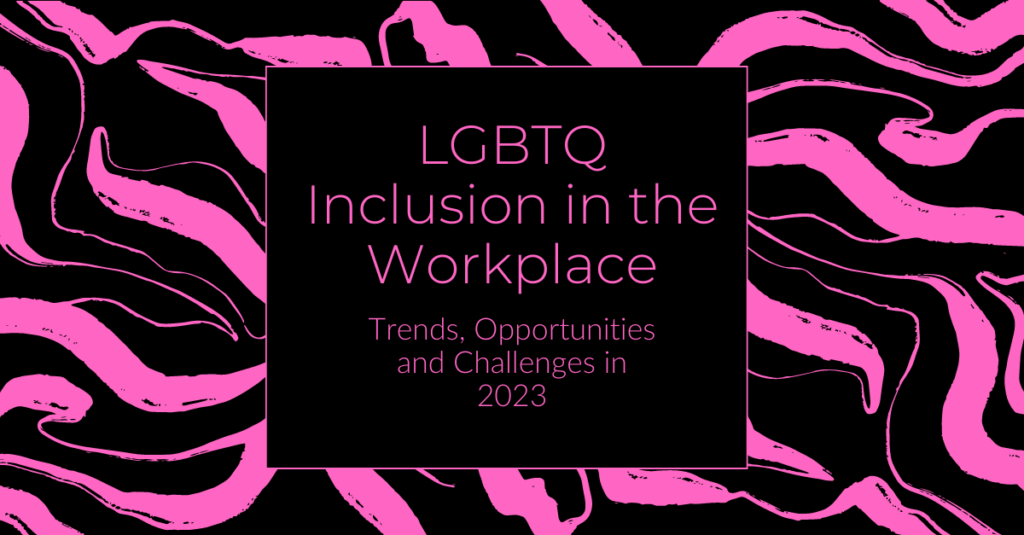
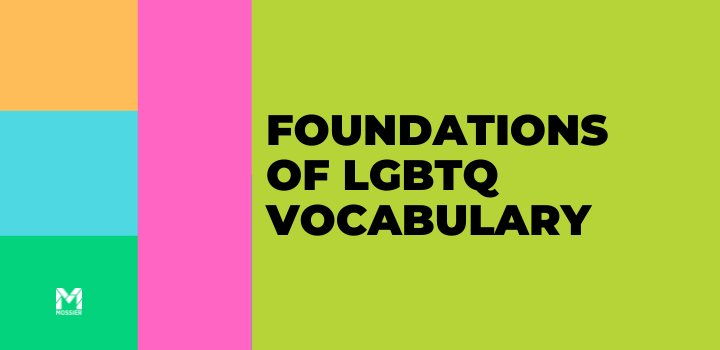
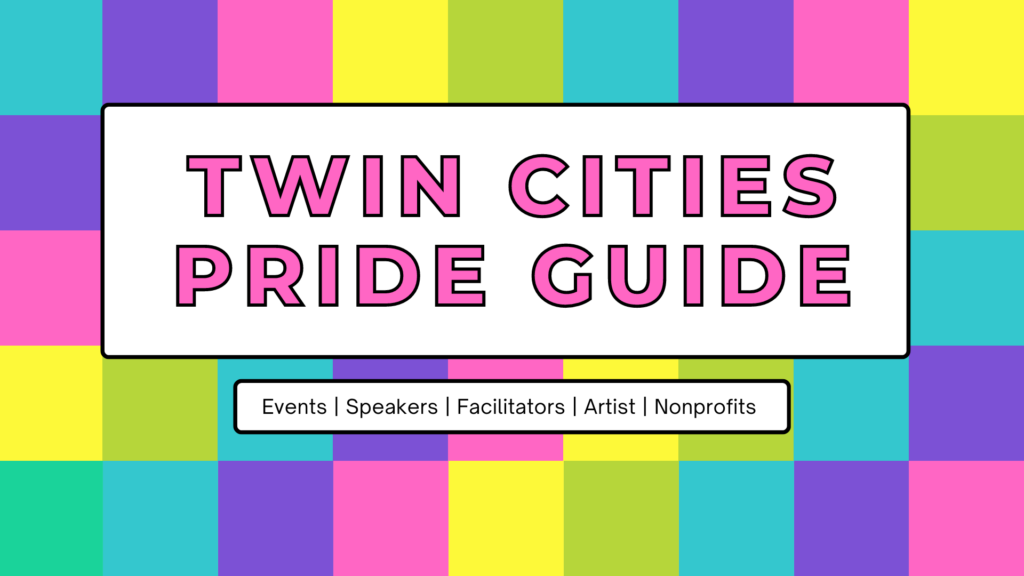
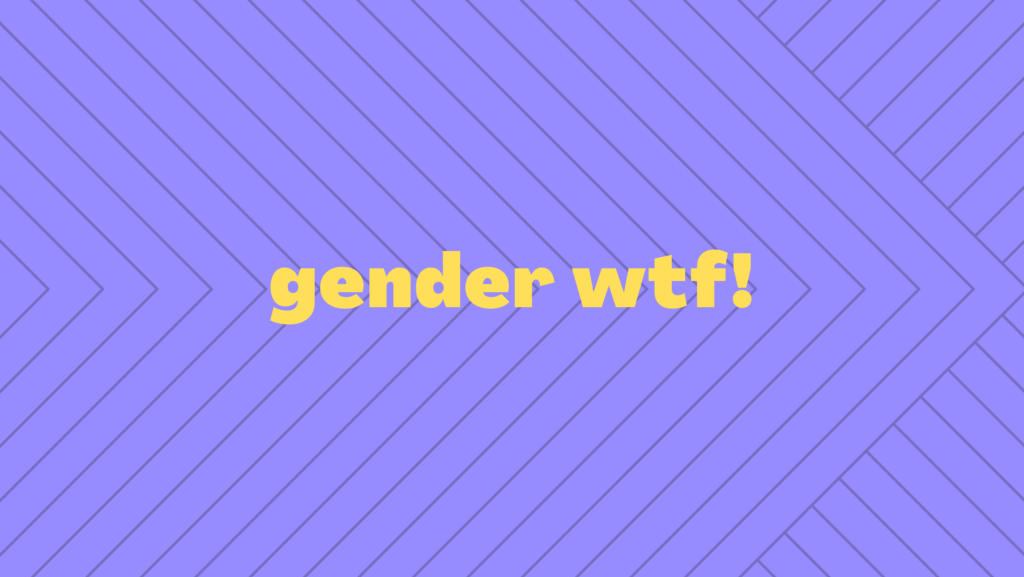
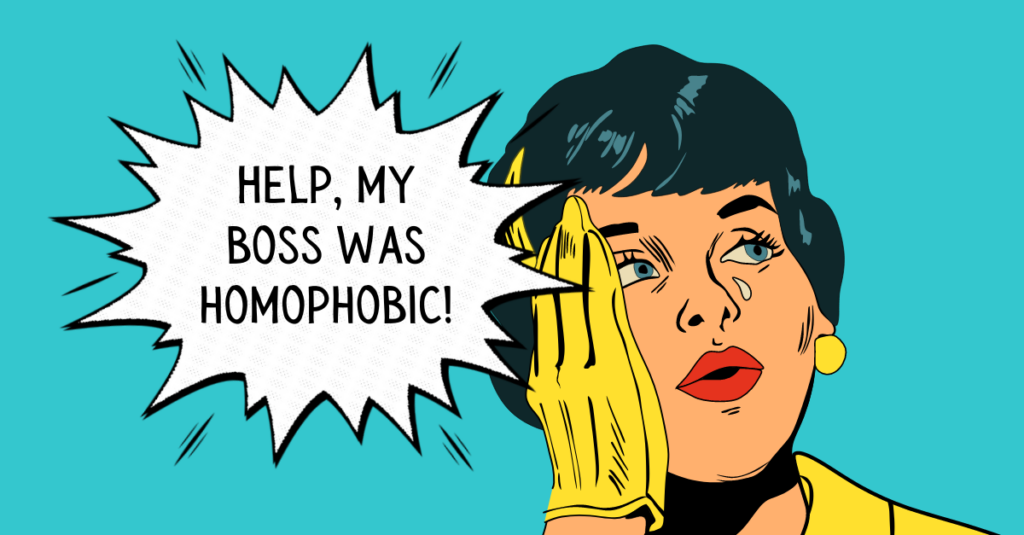
Responses